And, this time Marylin Monroe isn’t singing this tune; Quantum is.
MIT researchers have announced a new approach that uses diamonds to solve a tricky problem with quantum computers.
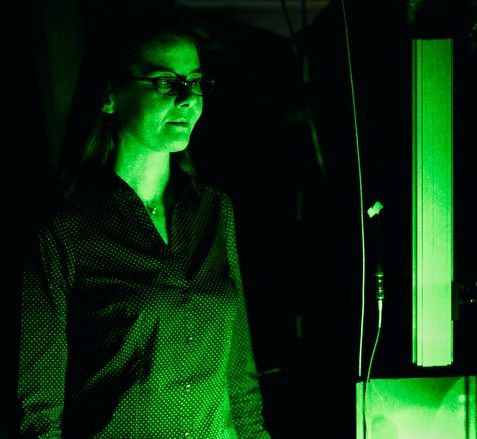
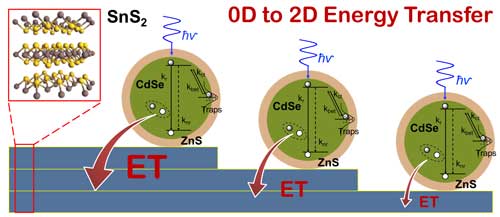
Improving light-sensing devices with Q-Dots.
Harnessing the power of the sun and creating light-harvesting or light-sensing devices requires a material that both absorbs light efficiently and converts the energy to highly mobile electrical current. Finding the ideal mix of properties in a single material is a challenge, so scientists have been experimenting with ways to combine different materials to create “hybrids” with enhanced features.
In two just-published papers, scientists from the U.S. Department of Energy’s Brookhaven National Laboratory, Stony Brook University, and the University of Nebraska describe one such approach that combines the excellent light-harvesting properties of quantum dots with the tunable electrical conductivity of a layered tin disulfide semiconductor. The hybrid material exhibited enhanced light-harvesting properties through the absorption of light by the quantum dots and their energy transfer to tin disulfide, both in laboratory tests and when incorporated into electronic devices. The research paves the way for using these materials in optoelectronic applications such as energy-harvesting photovoltaics, light sensors, and light emitting diodes (LEDs).
Single nanocrystal spectroscopy identifies the interaction between zero-dimensional CdSe/ZnS nano crystals (quantum dots) and two-dimensional layered tin disulfide as a non-radiative energy transfer, whose strength increases with increasing number of tin disulfide layers. Such hybrid materials could be used in optoelectronic devices such as photovoltaic solar cells, light sensors, and LEDs. (click on image to enlarge)
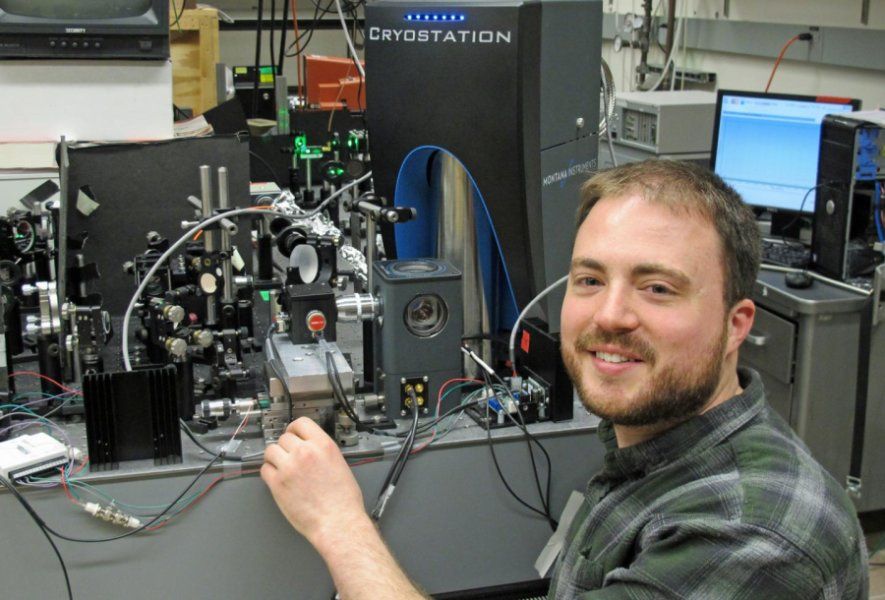
University of Oregon physicists have combined light and sound to control electron states in an atom-like system, providing a new tool in efforts to move toward quantum-computing systems.
The work was done on diamond topped with a layer of zinc oxide containing electrical conductors and performed at a temperature of 8 degrees Kelvin (−445.27 Fahrenheit, −265.15 Celsius) — just above absolute zero.
Using sound waves known as surface acoustic waves to change electron states could foster data transfer between quantum bits, the researcher said. The interaction of qubits, as is the case with binary bits in current computing, is seen as vital in building advanced systems.
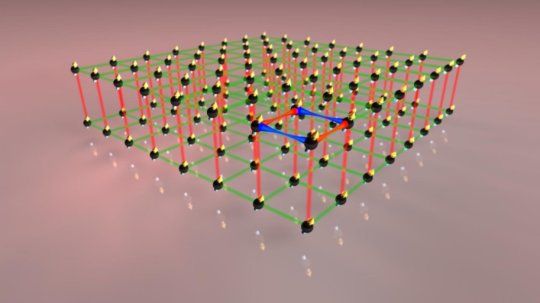
The theoretical results of a piece of international research published in Nature, whose first author is Ion Errea, a researcher at the UPV/EHU and DIPC, suggest that the quantum nature of hydrogen (in other words, the possibility of it behaving like a particle or a wave) considerably affects the structural properties of hydrogen-rich compounds (potential room-temperature superconducting substances). This is in fact the case of the superconductor hydrogen sulphide: a stinking compound that smells of rotten eggs, which when subjected to pressures a million times higher than atmospheric pressure, behaves like a superconductor at the highest temperature ever identified. This new advance in understanding the physics of high-temperature superconductivity could help to drive forward progress in the search for room-temperature superconductors, which could be used in levitating trains or next-generation supercomputers, for example.
Superconductors are materials that carry electrical current with zero electrical resistance. Conventional or low-temperature ones behave that way only when the substance is cooled down to temperatures close to absolute zero (−273 °C o 0 degrees Kelvin). Last year, however, German researchers identified the high-temperature superconducting properties of hydrogen sulphide which makes it the superconductor at the highest temperature ever discovered: −70 °C or 203 K.
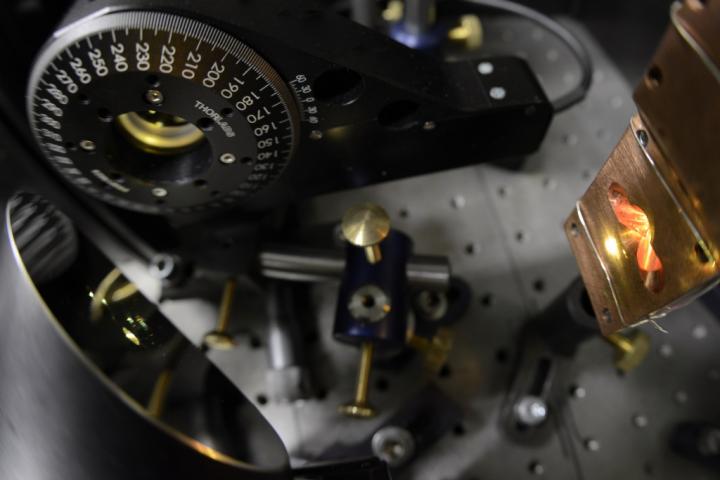
Nice read that ties Quantum properties such as tunneling to everything around us including our own blood supply in our bodies.
Objects of the quantum world are of a concealed and cold-blooded nature: they usually behave in a quantum manner only when they are significantly cooled and isolated from the environment. Experiments carried out by chemists and physicists from Warsaw have destroyed this simple picture. It turns out that not only does one of the most interesting quantum effects occur at room temperature and higher, but it plays a dominant role in the course of chemical reactions in solutions!
We generally derive our experimental knowledge of quantum phenomena from experiments carried out using sophisticated equipment under exotic conditions: at extremely low temperatures and in a vacuum, isolating quantum objects from the disturbing influence of the environment. Scientists from the Institute of Physical Chemistry of the Polish Academy of Sciences (IPC PAS) in Warsaw, led by Prof. Jacek Waluk and Prof. Czeslaw Radzewicz’s group from the Faculty of Physics, University of Warsaw (FUW), have just shown that one of the most spectacular quantum phenomena — that of tunneling — takes place even at temperatures above the boiling point of water. However, what is particularly surprising is the fact that the observed effect applies to hydrogen nuclei, which tunnel in particles floating in solution. The results of measurements leave no doubt: in the studied system, in conditions typical for our environment, tunneling turns out to be the main factor responsible for the chemical reaction!
“For some time chemists have been getting used to the idea that electrons in molecules can tunnel. We have shown that in the molecule it is also possible for protons, that is, nuclei of hydrogen atoms, to tunnel. So we have proof that a basic chemical reaction can occur as a result of tunneling, and in addition in solution and at room temperature or higher,” explains Prof. Waluk.
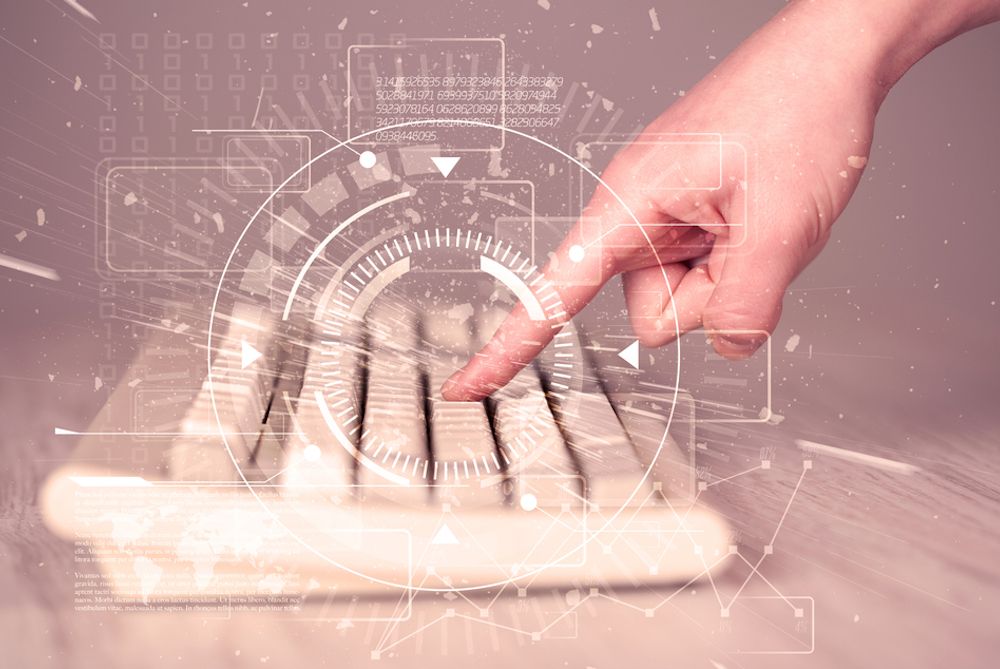
Imagine robotics and other AI on QC; because it is coming and on a very large scale.
The computer chip has now reached middle age. Like most of us in middle age, it is not as sprightly as it once was, and is set to be superseded by younger forms of computing. Enter the quantum computer. It’s set to transform our lives, the way we work and play.
What exactly is quantum computing?
In a nutshell, conventional microprocessors are limited to binaries of ones and zeros, which limits their processing capability. But quantum computers hinge on the principles of quantum physics, which allows for something called ‘superimposition.’ This means an electron can exist as a zero and one at the same time, as opposed to either one or zero. This allows for levels of processing power that are millions of times greater than we currently have.

Beautiful future lays ahead in QC.
Quantum physics not only explains how matter behaves at the subatomic level, but is also used to create many devices in our everyday lives, from lasers and transistors to GPS and mobile phones. The next wave of innovation could lead to unbreakable encryption and computers that are up to one million times faster. On 6 April, Parliament’s Science and Technology Options Assessment (STOA) unit organised a workshop to discuss with experts the potential of these new quantum technologies.
Exploiting the quirks of the quantum world
Quantum theory looks at matter at the subatomic level — down to electrons. And that behaviour, compared to our everyday world, is very strange. For example, an electron can be in different places at the same time, a phenomenon known as superposition. Or it can interact with another particle at a large distance thanks to an effect called “entanglement”.
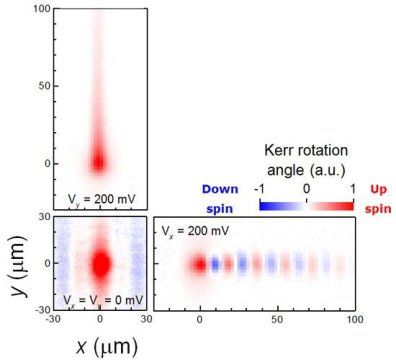
Almost all electronic devices operate by using an electron charge controlled by electrical means. In addition to a charge, an electron has a spin as a magnetic property. A groundbreaking concept for information processing based on electron spins is proposed using electron spins in semiconductors. Quantum computing enables us to exceed the speed of conventional computing and a spin transistor reduces energy consumption.
However, electron spins have yet to be used in realistic electronic devices except as part of magnetic devices for information storage. The reason is that spin polarization in a semiconductor is easily randomized, and consequently, it is difficult to transport spin polarization over a long distance.
An electron spin itself is a quantum spin angular momentum. Electrical transport and the manipulation of spin polarization are essential technologies if electron spins are to be employed in a device.
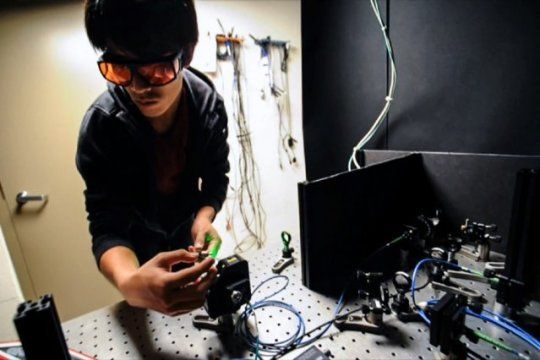
Very nice; we’re getting closer.
But superposition is fragile, and finding ways to preserve it is one of the chief obstacles to developing large, general-purpose quantum computers. In today’s Nature, MIT researchers describe a new approach to preserving superposition in a class of quantum devices built from synthetic diamonds. The work could ultimately prove an important step toward reliable quantum computers.
In most engineering fields, the best way to maintain the stability of a physical system is feedback control. You make a measurement — the current trajectory of an airplane, or the temperature of an engine — and on that basis produce a control signal that nudges the system back toward its desired state.
The problem with using this technique to stabilize a quantum system is that measurement destroys superposition. So quantum-computing researchers have traditionally had to do without feedback.